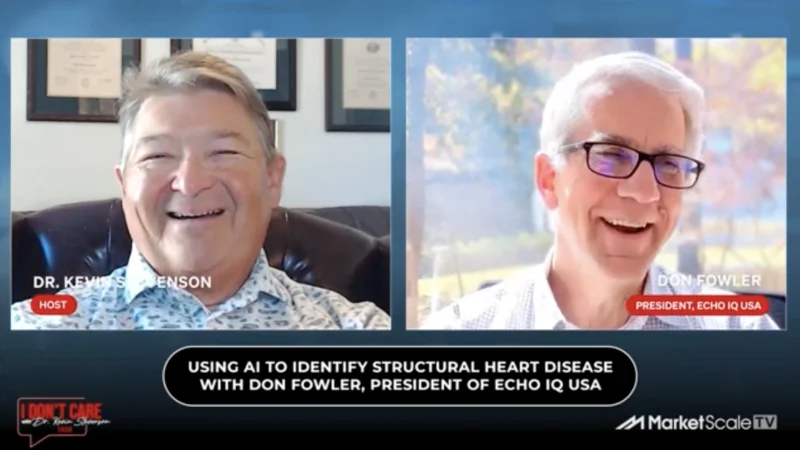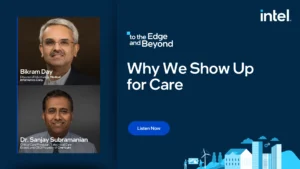Can’t Afford It, Can’t Live Without It: the Decline of Rural Hospitals
Skyrocketing healthcare expenses in America are the cause of financial pain for many, and rural communities are suffering from these rising prices and the cost is forcing many small hospitals, some the only one for miles, to shut their doors forever. In today’s podcast, Kevin Campbell, CFO and founding partner of DTA Associates, shared his perspective on how the decline of these hospitals is affecting local communities.
“There’s no one problem we can point to that is causing all this,” Campbell said, explaining that prescription prices, labor costs, cost of treatments and end of life care are all factors in the financial challenges facing small healthcare organizations.
A hospital that serves a tiny population doesn’t have the patient volume, which would allow them to purchase more efficient machines and services. This lack of scale leads to declining reimbursements, trapping the organizations in a Catch-22 situation.
Campbell mentioned that when a community hospital shutters, it’s not just a problem for those who need help during an emergency. “These hospitals are a source of pride for these communities.” They’re also usually a significant employer, so when one shuts down, it can devastate a town.
So what can help these small hospitals survive? Data. While not a silver bullet, business intelligence like the affordable kind DTA provides, allows these organizations to improve their performance.
“If you don’t know how you’re performing because you can’t get the data together, how are these executives and administrators supposed to make good decisions?” Campbell explained that by leveraging data, hospitals he works with make real progress month by month, allowing them to keep the doors open to the community.
For the latest news, videos, and podcasts in the Healthcare Industry, be sure to subscribe to our industry publication.
Follow us on social media for the latest updates in B2B!
Twitter – @HealthMKSL
Facebook – facebook.com/marketscale
LinkedIn – linkedin.com/company/marketscale








